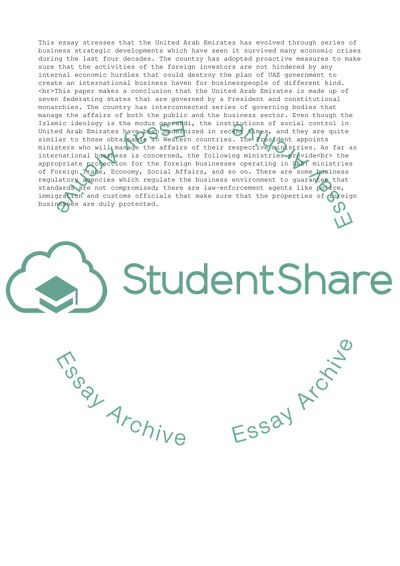Cite this document
(“International Economic Environment of Business Essay”, n.d.)
International Economic Environment of Business Essay. Retrieved from https://studentshare.org/business/1568991-international-economic-environment-of-business
International Economic Environment of Business Essay. Retrieved from https://studentshare.org/business/1568991-international-economic-environment-of-business
(International Economic Environment of Business Essay)
International Economic Environment of Business Essay. https://studentshare.org/business/1568991-international-economic-environment-of-business.
International Economic Environment of Business Essay. https://studentshare.org/business/1568991-international-economic-environment-of-business.
“International Economic Environment of Business Essay”, n.d. https://studentshare.org/business/1568991-international-economic-environment-of-business.


